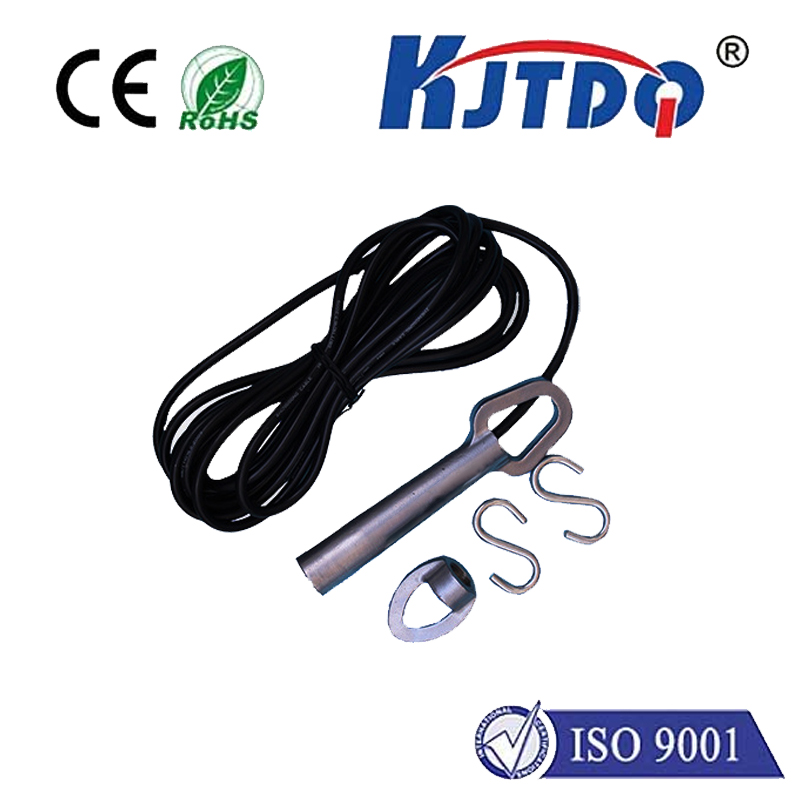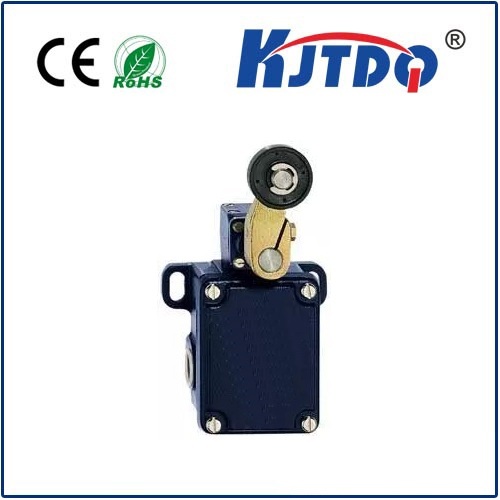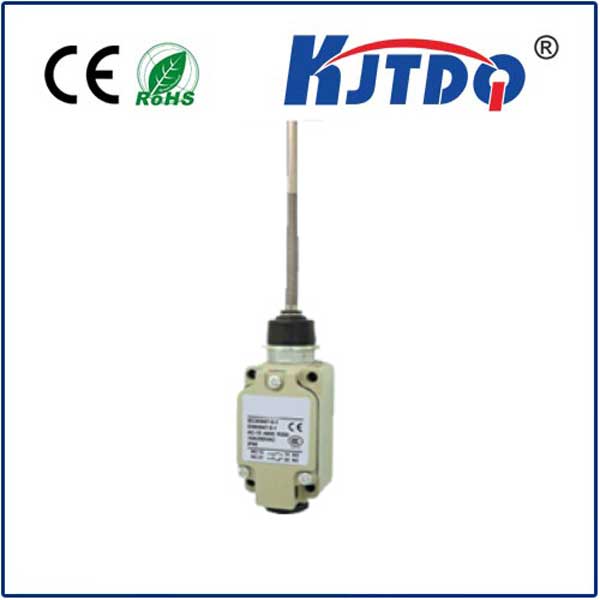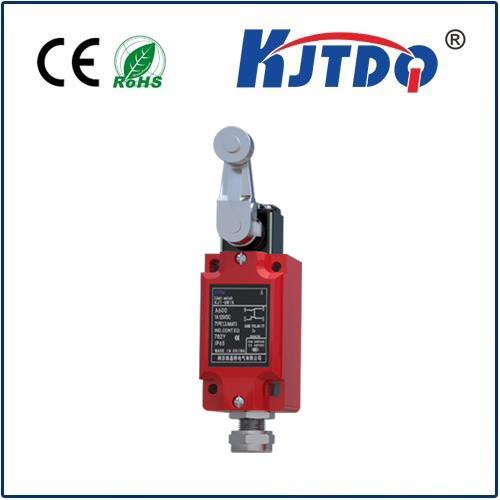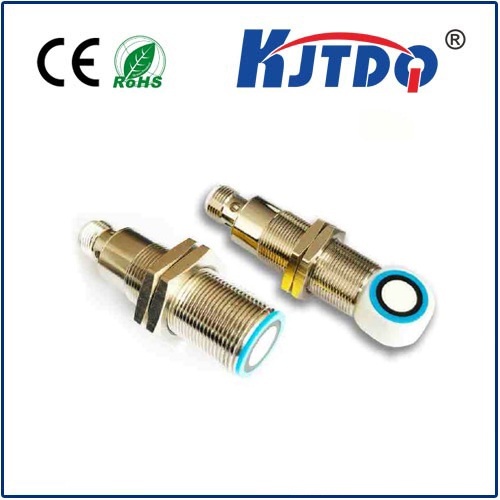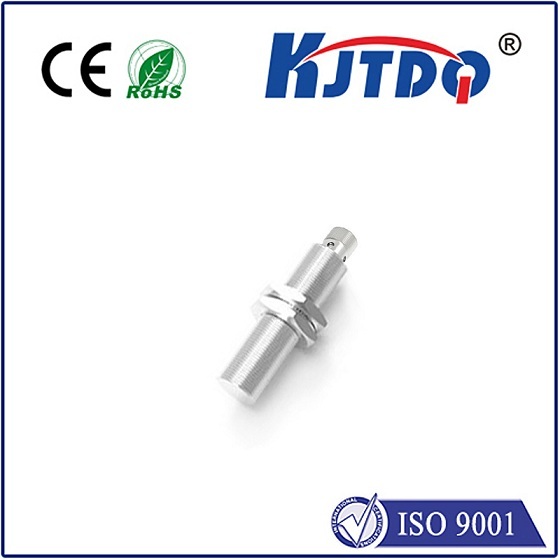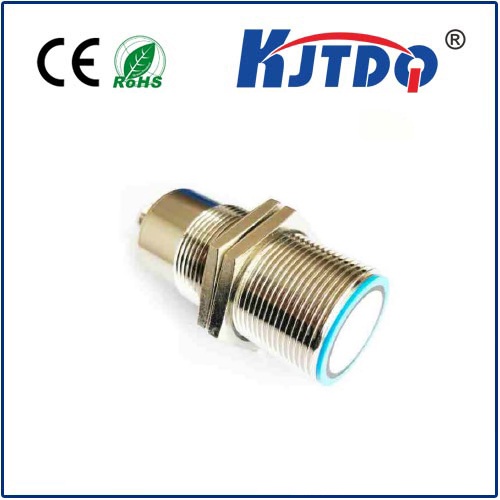Understanding the Power of Electromagnetic Induction Sensors
An electromagnetic induction sensor, commonly known as an inductive sensor, operates based on the principle of electromagnetic induction. This technology is utilized extensively in various applications to detect metallic objects without any physical contact. The basic working mechanism involves generating an electromagnetic field which interacts with conductive materials, thereby creating a change in magnetic flux that can be measured and analyzed.
The core components of an electromagnetic induction sensor include a coil of wire (the inductor) and an oscillating circuit. When a conductive object comes into proximity with the sensor, it disturbs the electromagnetic field produced by the inductor. This disturbance results in a change in the oscillation frequency or amplitude of the circuit. The sensor then converts this change into an electrical signal, indicating the presence or absence of the metal target.
Electromagnetic induction sensors are highly versatile and find their use in numerous sectors:

Автомобильная промышленность: Used for detecting metallic parts in assembly lines, position sensing, and anti-lock braking systems.
Промышленная автоматизация: Implemented in robotic arms to detect metal components for sorting, quality control, and automation processes.
Потребительская электроника: Employed in smartphones and other gadgets for proximity detection and secure transactions via NFC technology.
Медицинское оборудование: Utilized in surgical instruments and monitoring devices for accurate positioning and control.
One of the primary benefits of inductive sensors is their non-contact nature. This feature reduces wear and tear on both the sensor and the object being sensed, leading to a longer lifespan. Additionally, they offer quick response times and high reliability, even in harsh environments. Their ability to operate accurately regardless of environmental conditions, such as dust, moisture, or oil, makes them ideal for industrial applications.
Despite their numerous advantages, there are some challenges associated with electromagnetic induction sensors. One significant limitation is their reliance on conductive materials; non-metallic or low-conductivity objects may go undetected. Moreover, variations in temperature can affect sensor performance, necessitating proper calibration and compensation mechanisms.
As technology continues to evolve, enhancements in the sensitivity and specificity of inductive sensors are expected. Innovations might include improved algorithms for better detection accuracy, miniaturization for more compact designs, and integration with Internet of Things (IoT) systems for enhanced connectivity and data exchange.
Electromagnetic induction sensors have proven indispensable across various domains due to their reliability, efficiency, and robustness. As advancements continue, their applications and capabilities are likely to expand, further cementing their role in modern technology and industry.
